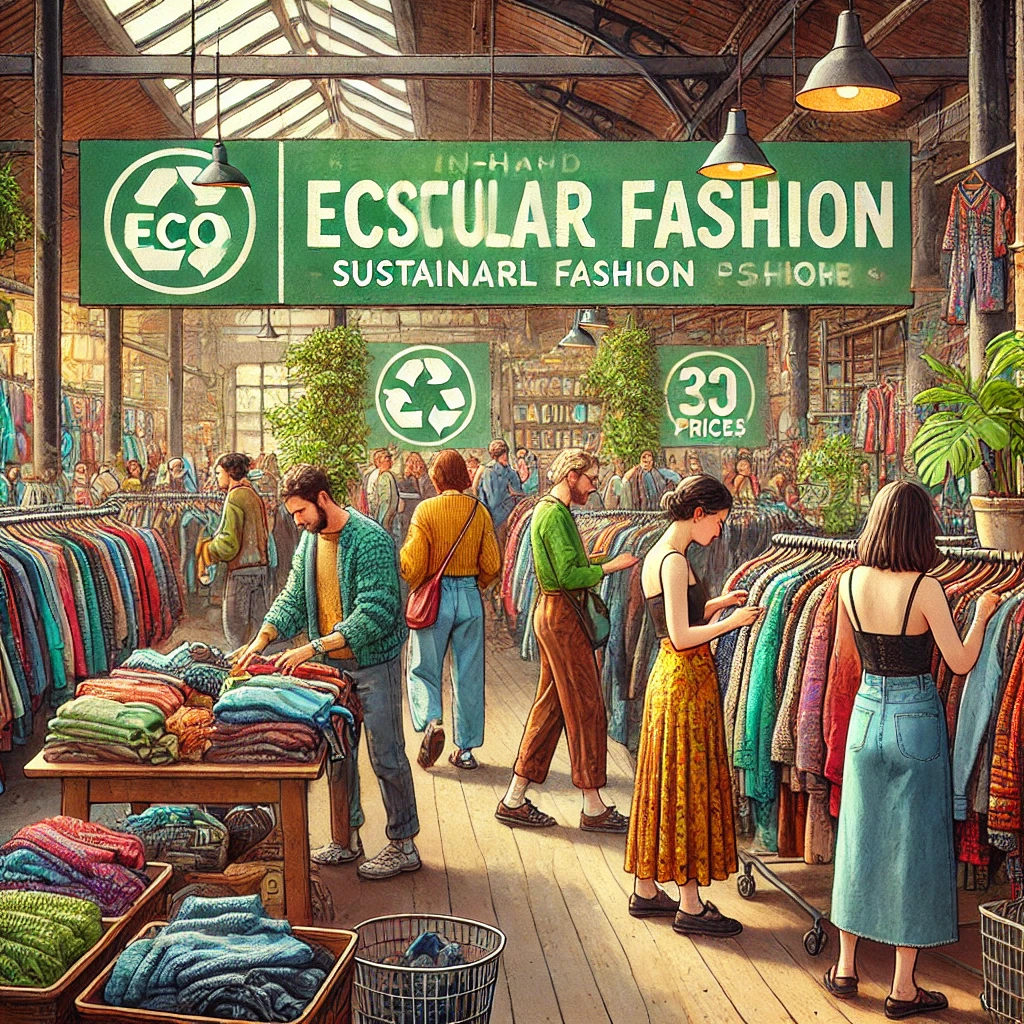The fashion industry has long grappled with issues of waste, overproduction, and environmental degradation, with millions of tons of textile waste generated annually. In response to these challenges, a surge in second-hand shopping is revolutionizing the way we consume fashion, leading to an industry-wide transformation.
A recent study indicates that the second-hand fashion market surged by 18% last year, hitting a valuation of $197 billion globally. In the United States, nearly half of consumers’ clothing budgets are now spent on second-hand items, showcasing a growing appetite for sustainability in fashion.
Why is Second-Hand Fashion Booming?
At its core, the second-hand fashion trend is driven by a growing consciousness about the environmental impact of fast fashion. Producing new clothes involves substantial use of resources, from water-intensive cotton farming to the emissions-heavy processes of manufacturing and transportation. By opting for pre-loved clothing, consumers actively reduce their carbon footprint and support a more circular economy.
Additionally, the affordability of second-hand clothing makes it appealing. With prices significantly lower than brand-new garments, thrifting allows fashion enthusiasts to refresh their wardrobe with unique, quality pieces without stretching their budget.
Brands Leading the Charge
Online platforms are at the forefront of the second-hand revolution. ThredUp, one of the largest consignment platforms, provides an extensive array of gently used clothing. Luxury resale platforms like Vestiaire Collective are experiencing remarkable growth as well, catering to shoppers seeking high-end, authenticated designer pieces at a fraction of the retail price.
Other noteworthy platforms such as Fashionphile and Arrive Recommerce are elevating the second-hand shopping experience by offering authenticated, well-curated selections, ensuring trust and quality in every purchase.
What’s Next for Resale?
The resale revolution shows no signs of slowing. New Balance and Asics are among several major brands launching their own resale channels, further solidifying second-hand shopping as a key aspect of the future fashion ecosystem.
Moreover, advocates for the circular economy are pushing for reforms, such as the American Circular Textiles group, which is campaigning to remove double taxation on second-hand goods. Such initiatives will likely accelerate the adoption of sustainable shopping practices.
The Bottom Line
Second-hand shopping is not just a trend but a fundamental shift towards sustainability, cost-effectiveness, and circular fashion. As consumers become increasingly aware of the impact of their choices, the resale market is expected to flourish. In fact, projections estimate the global second-hand fashion market to reach $243 billion by 2025.
Next time you’re eyeing a wardrobe refresh, consider second-hand. You’ll not only save money but also contribute to a healthier planet by embracing a more sustainable fashion cycle.
Key eCommerce Stats for Second-Hand Fashion
- The global second-hand apparel market is projected to grow to $243 billion by 2025.
- Online second-hand sales hit $17.6 billion in 2022, marking a 25% increase from 2021.
- The average price for second-hand items sold online is around $30.
- In 2022, second-hand apparel sales grew 22%, vastly outpacing the 5% growth seen in the broader apparel market.
These numbers reflect the growing prominence of second-hand fashion in the broader e-commerce landscape, driven by shifting consumer values towards sustainability and cost-effectiveness.

